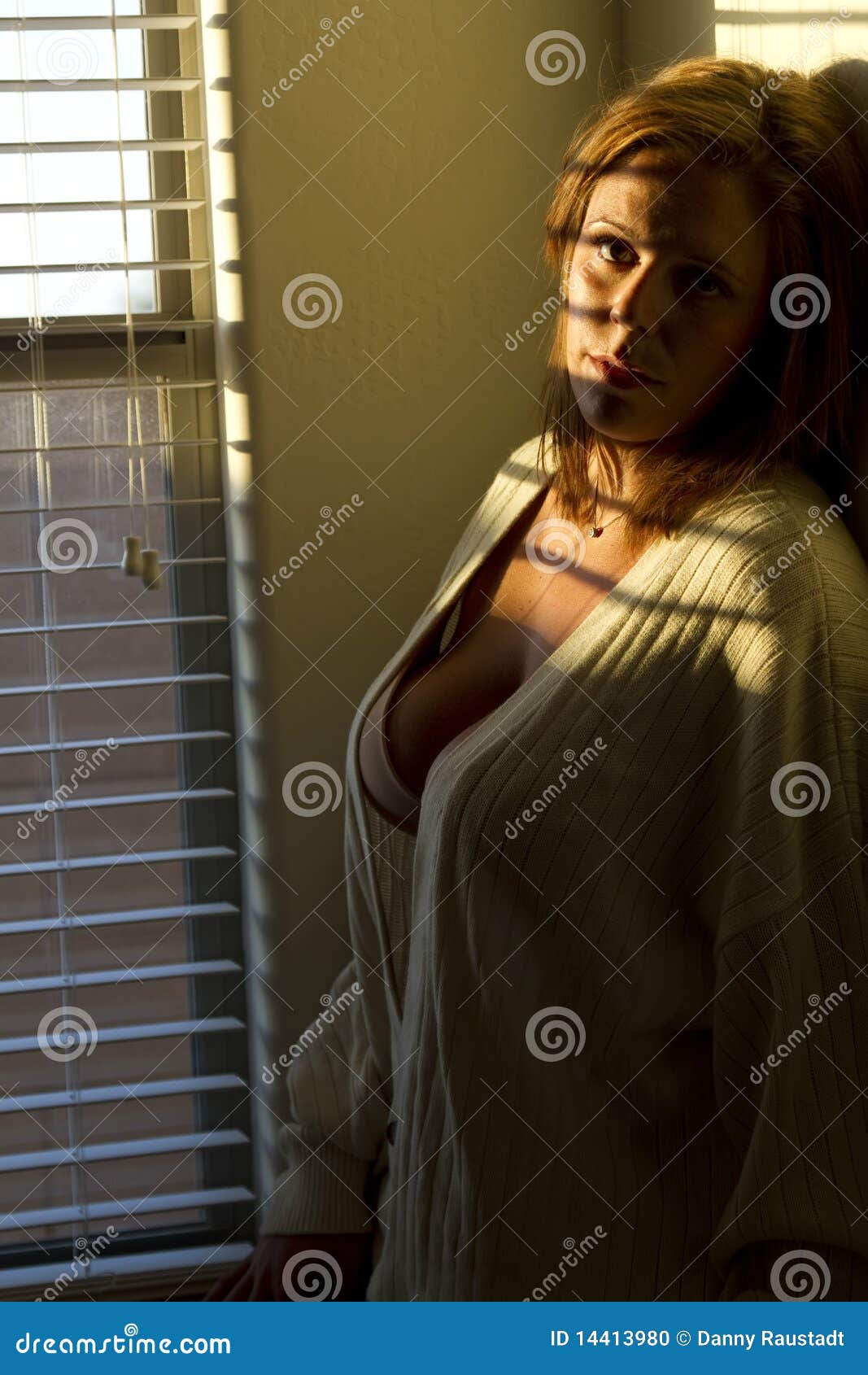
- #PHOTO IMAGE EDITOR PIXELSTYLE CHANGE COLOR HOW TO#
- #PHOTO IMAGE EDITOR PIXELSTYLE CHANGE COLOR PDF#
- #PHOTO IMAGE EDITOR PIXELSTYLE CHANGE COLOR UPDATE#
- #PHOTO IMAGE EDITOR PIXELSTYLE CHANGE COLOR SKIN#
#PHOTO IMAGE EDITOR PIXELSTYLE CHANGE COLOR UPDATE#
#PHOTO IMAGE EDITOR PIXELSTYLE CHANGE COLOR PDF#
#PHOTO IMAGE EDITOR PIXELSTYLE CHANGE COLOR HOW TO#
How to Use Android Auto in Any Car Using Your Smartphone Two years after the launch of Google Auto, we’re finally seeing the standalone app that doesn’t need a high-tech car for you to enjoy its….


Keep in mind that there’s no magical way to do this so that it looks perfect every time. Repeat this same process for the other face.Īnd you’re done. This part isn’t necessary but the blending tends to make the photo look more realistic instead of like a face pasted onto another. Even adjust the opacity down to about 30 or 35 percent, at first, to make sure the lighting details from face to face aren’t accentuated.
#PHOTO IMAGE EDITOR PIXELSTYLE CHANGE COLOR SKIN#
Optionally, use a very soft eraser to blend in facial features with the new subject’s skin color and shadows. Some tools to consider: resize the face/selection to adjust to the new subject and rotate the face to be in line with the subject’s own angle. If not, you’ll have to play around with it to achieve a more professional result, but what you’ll have to do depends on your own situation. If you’re using a good photo with two subjects at the same angle and distance, it should look pretty decent right off the bat. You’re going to drag over one face in its own layer on top of the other face. You should now have two identical layers with the full photo, one layer with one face and one layer with another. Now repeat that entire selection process for the other face and also copy and paste that face into its own layer. The amount you’ll need depends on the size of the photo, but for this one, I’m going with about 20 percent.Ĭopy and paste the face into a new, separate layer. If you have a Refine Selection or similar feature, use that to smooth out the curves of your selection and enable feathering, which will blur the edges of the selection a bit. It doesn’t have to be perfect, and it definitely shouldn’t be larger than the face itself, in fact, try to get the selection a bit smaller than the entire face. The best one for this use is the Lasso, so you can draw a rough selection around one of the faces.

Open the photo you want to use in your preferred photo editor. You can download it there too if you want to practice using the same image. If you’re using something else like GIMP Face Swappingįor the tutorial, I found a free stock photo of three people on Imagebase. However, the tools necessary for a face swap are in most photo editing applications. Note: In this tutorial, I’ll be using Pixelmator.


 0 kommentar(er)
0 kommentar(er)
